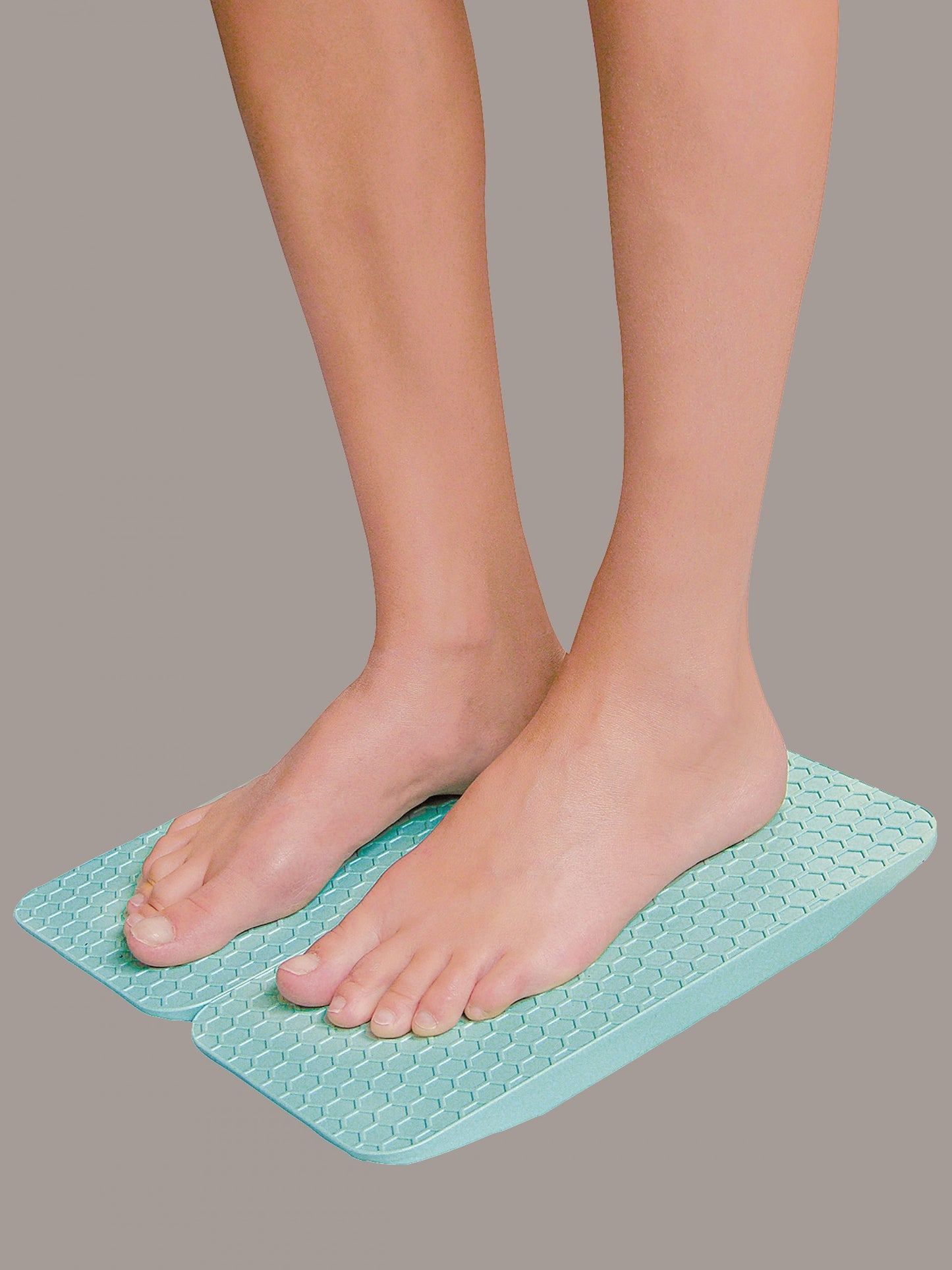1
/
of
2
Orthoservice
FISIO stabilizācijas un līdzsvara dēlis
FISIO stabilizācijas un līdzsvara dēlis
Regular price
€29,00 EUR
Regular price
Sale price
€29,00 EUR
Taxes included.
Quantity
Couldn't load pickup availability
Izmērs 30x31
Svars 900 g
Krāsa zaļa
Share




